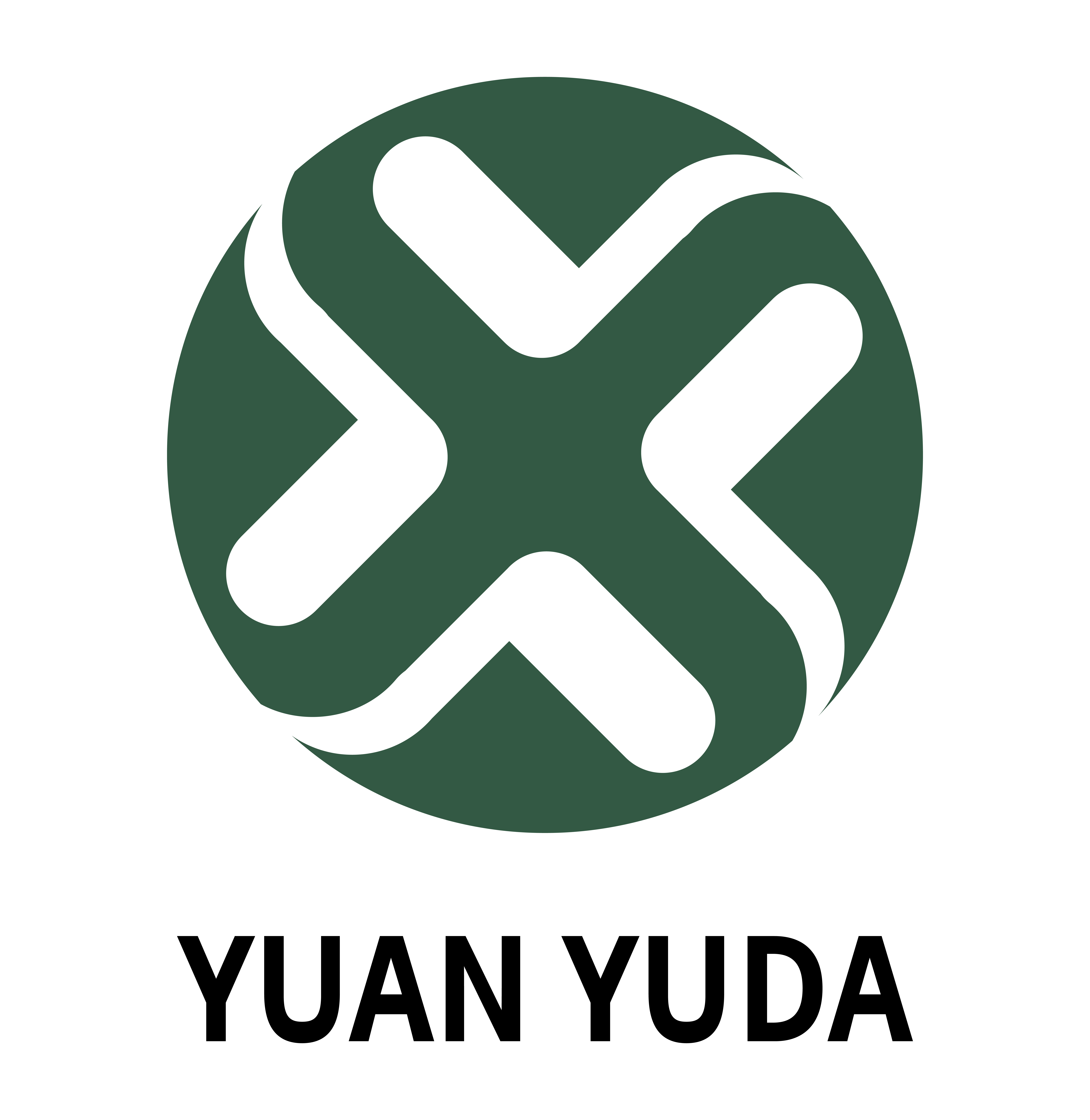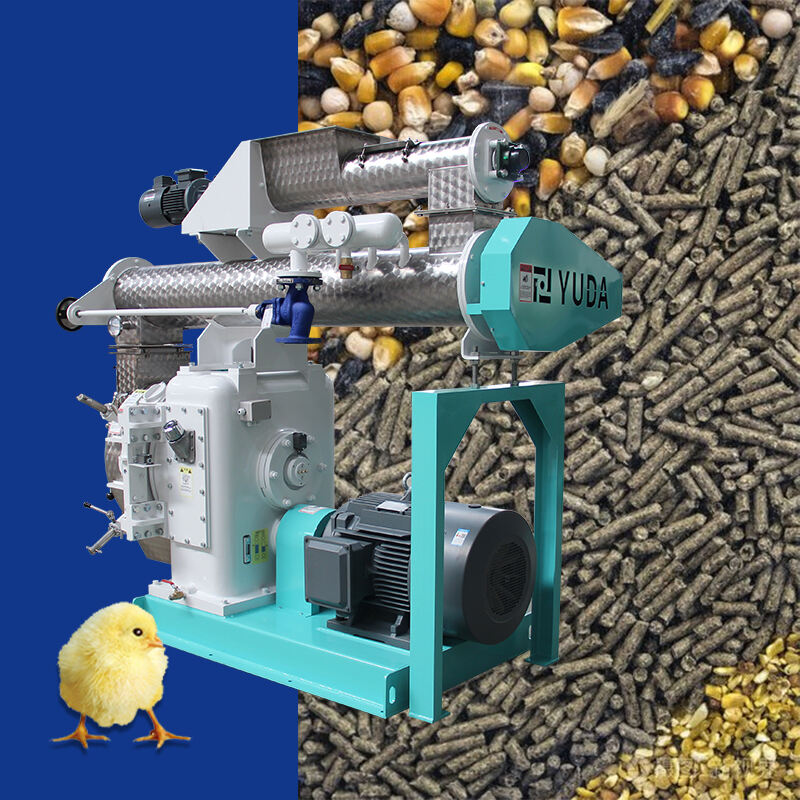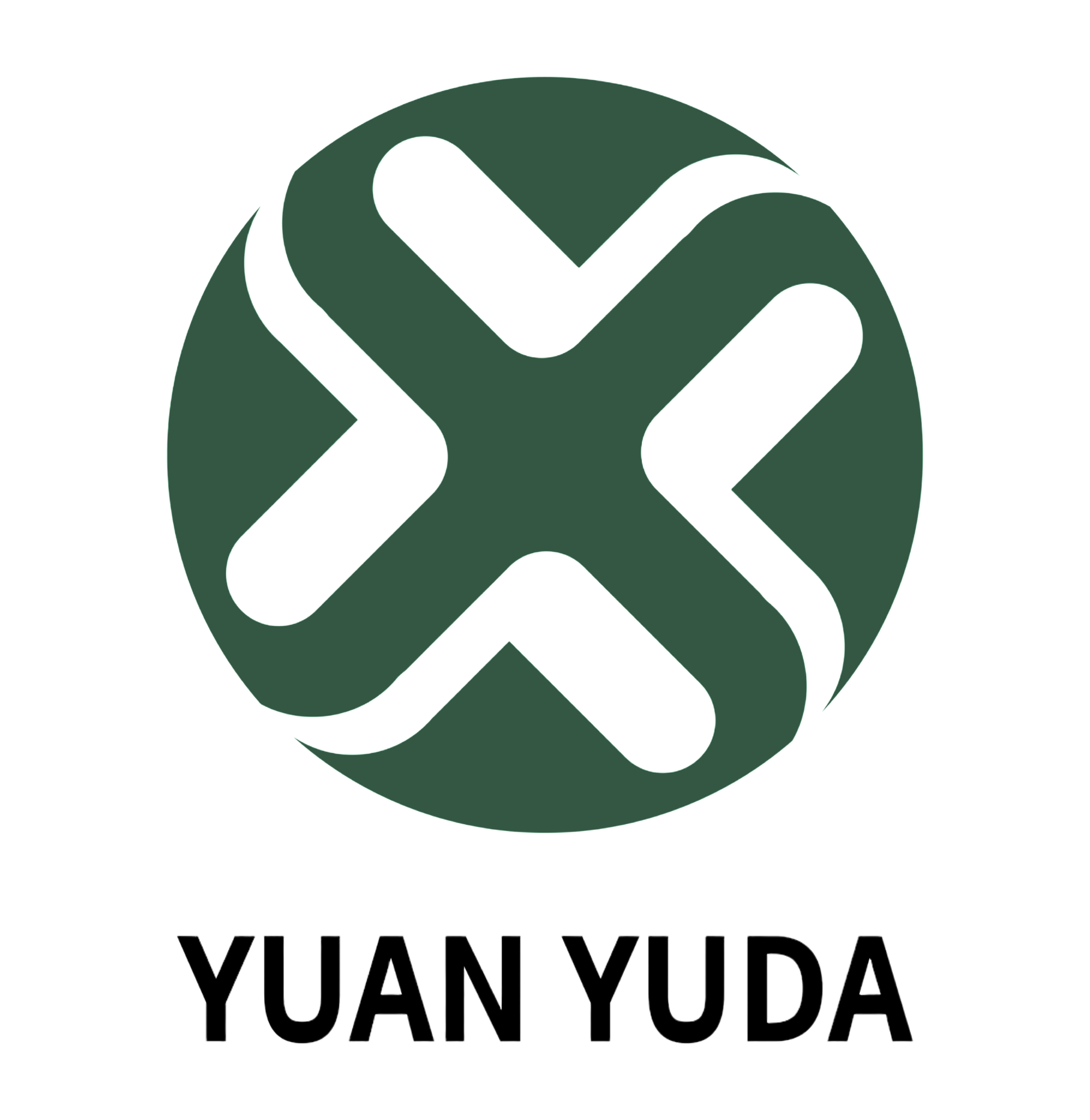In the feed machinery industry, the ring die pellet mill, as the core equipment for pellet feed production, occupies a pivotal position by virtue of its high efficiency and stable granulation performance. It can process a wide variety of raw materials, which provides a solid foundation for meeting the needs of different livestock, poultry and aquaculture, as well as developing diversified feed products.
Cereal-based ingredients
Cereal raw materials are commonly processed in ring die pellet mills. Corn, as the “star of the show” among feed ingredients, is rich in starch and energy, and is the basic ingredient of many feed formulas. After being processed by the ring die pellet mill, corn is made into pellets with appropriate particle size, which not only enhances the feeding convenience of livestock and poultry, but also helps to improve the feed conversion rate and promote animal growth. Wheat is also a high quality choice, with a relatively high protein content, providing the necessary nutritional support for livestock and poultry growth. Wheat is put into a ring die pellet mill to make a pellet feed that better meets the protein needs of livestock and poultry. Sorghum, when properly processed, can also be converted into pellets with the help of a ring die pellet mill, becoming a stable source of energy for animals.
Raw materials for beans
Soybean raw materials are also widely used in ring die pellet mill applications due to their high protein characteristics. Soybean is one of the typical representatives, through the ring die pellet mill processing, soybean protein structure is easier to be absorbed and utilized by livestock and poultry, providing key nutrients for the growth and development of animals. However, because beans contain some anti-nutritional factors, when using ring die pellet mill processing, need to strictly control the processing temperature and time and other parameters. Through precise control, the negative effects of anti-nutritional factors can be effectively reduced to ensure feed quality. Peas and other beans can also become an important part of high-quality feed under the action of the ring die pellet mill.
Crop Straw and Forage
Crop stalks and grasses are also commonly processed in ring die pellet mills. Crop stalks such as corn stover, wheat straw, rice straw, etc. are rich in cellulose, which is essential for the rumen health of ruminants. With the aid of a ring die pellet mill, these straws can be converted into pelleted feeds that are easy for ruminants to feed on and digest. However, prior to processing, the straw needs to be pre-treated, such as pulverized, to ensure that it passes through the ring die pellet mill and is made into a pellet product that meets quality requirements. All kinds of grass, alfalfa grass and other grass, after drying and crushing, can also be processed in the ring die pellet machine, made of vitamin and dietary fiber-rich pellet feed, to meet the diversified nutritional needs of livestock and poultry.
Handling of special materials
Various kinds of melon and fruit shells such as rice husk, sunflower seed shell, peanut shell, as well as wood offcuts such as branches, poles, bark, etc., can be processed by the ring die pellet machine after proper treatment. Pellet products made from these raw materials can be used for biomass fuel production, realizing the recycling of resources. In addition, some wastes such as building templates, furniture scraps, wooden pallets, etc., and even municipal garbage, dregs, mushroom sludge, sludge, etc., can also be processed by the ring die pellet machine under specific conditions, contributing to the cause of environmental protection.
In summary
The raw materials that can be used in the ring die pellet mill include grains, beans, crop stalks, grasses, as well as some special raw materials and wastes. According to the actual demand, feed manufacturers and farmers can reasonably choose the raw materials, with the help of the ring die pellet mill's efficient processing capacity, to produce high quality feed more suitable for the growth of livestock and poultry needs, to promote the sustainable development of the feed industry and aquaculture.

 EN
EN















